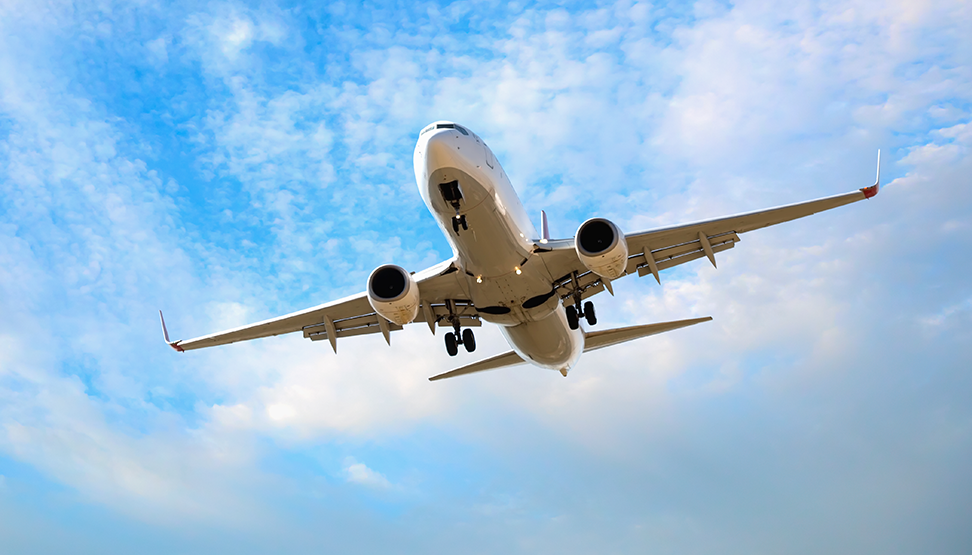By John Wylie, doctoral candidate in aeronautical engineering
We’ve all been there. You’re waiting on the runway for your plane to take off. The intercom dings with the captain coming in loud and clear. “Hey, folks. We’re 12th in line for takeoff. Sit tight, we’ll be in the air shortly.”
What if I told you that you didn’t have to wait as long to take off? As part of my research, I’m investigating technology to allow planes to take off and land over shorter distances. In particular, I’m targeting a phenomenon called airflow separation, which occurs when wind flowing over the top of the wing can no longer follow the surface of it, and instead flows above it. This leaves a low-speed, low-energy region near the surface of the wing.
Think about when you throw a paper airplane. If it ever tilts up too sharply, it stalls, slows down, and drops. Real planes work the same way and will similarly stall if we tilt them back too far or fly them too slowly.
To avoid airflow separation and stall, I’m looking at a specific airflow control device called a JASMA. JASMA stands for Jet-Assisted Surface-Mounted Actuator and it looks like a round button on the surface of the wing with a slit on the back side. A JASMA rapidly pulls air in and out of the slit, opening into a cavity below and creating an unsteady jet of air downstream. A JASMA does this by the means of a moving, flexible membrane at the bottom of the cavity.
The critical part of my research is using JASMAs only when we need them. For example, think of a room that has automatic lights when you walk in. The goal is to detect turbulence or erratic disturbances in the airflow moving with higher speeds and swirling patterns. For the sake of this, let’s call them high-speed whirlwind packets. These packets add momentum and mix up the low-speed airflow in the same way that mixing a bowl of baking ingredients stirs them together. I want to detect and guide these packets down to the low-speed airflow where there is airflow separation.
Ultimately, this control would detect these whirlwind packets, activate the JASMAs to pull them downward, and then reduce the separation to control the airflow. This would allow delay of the onset of stall, letting planes take off and land over shorter distances because their approach speed is lower. This would be very useful in airports with hundreds of daily arrivals and departures, as well as for military aircraft taking off and landing in confined spaces, such as on the deck of an aircraft carrier. Takeoff and landing using JASMAs can save fuel, and more importantly for you, time.
The content of this post, which has been edited for clarity, was originally part of RPI’s Three Minute Thesis Competition, which challenges doctoral students to effectively explain their research to a general audience in three minutes.




